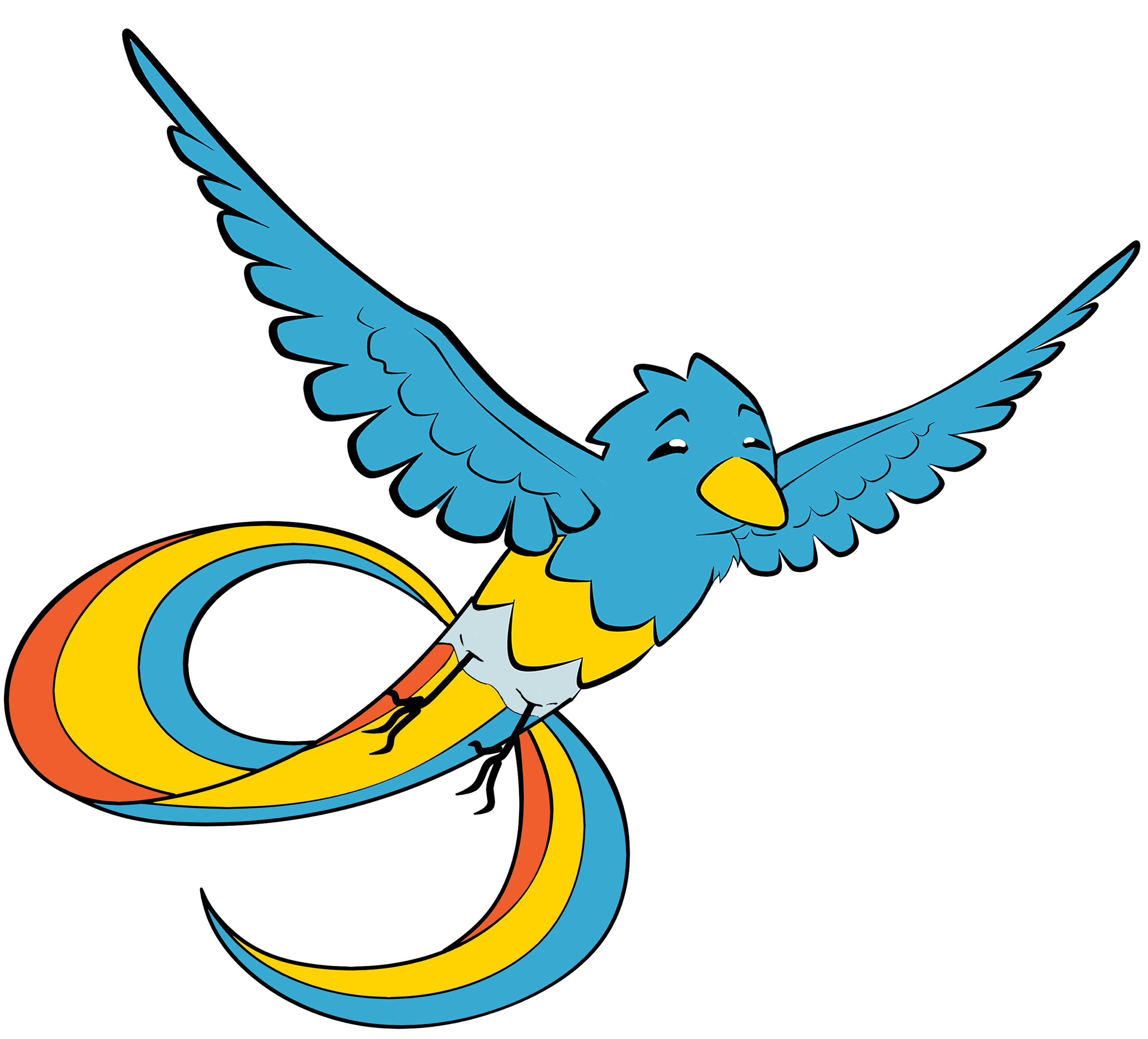Florence Liang [email protected]
Since April of this year, India’s population has skyrocketed, surpassing China's with a count of 1.4 billion people. As the population stabilizes, the need to innovate better services like education, food, and—especially—technology becomes paramount. In this rapidly-developing country’s journey towards an advanced future, it's taking a step that many of its developed predecessors have made—exploring the Moon.
Through the Indian Space Research Organization (ISRO), India had already made contact with Earth’s satellite once before on the Chandrayaan-1. As such, they will continue to explore the lunar surface in their latest mission: the Chandrayaan-3 (C-3).
The C-3 is the third spacecraft under ISRO’s development. It was proposed immediately following the Chandrayaan-2 (C-2), which crash-landed on September 6, 2019, after a software glitch interrupted communication between the lander and ground station. Since then, the ISRO has been implementing many design changes to the Chandrayaan-3 with hopes to improve the outcome of the upcoming mission.
Both the C-2 and C-3 consist of a lander and a rover, named Vikram and Aditya in both vehicles, respectively. However, pinnacle malfunctions in the C-2’s lander caused the mission to end in a crash landing.
Whilst exiting its lunar orbital phase, the C-2’s Vikram lander must slow down to be able to perform a soft landing. However, the lander veered away from the projected trajectory slightly earlier than expected, and upon entering its “fine breaking phase,” the Vikram was nearly 48 km/s (~30 mph) higher than its ideal speed of 2 km/s. An unexpectedly high speed meant that the chances for a soft landing were growing unlikely.
Additionally, the ISRO set a landing target of only 500 m2 (~1/10 of a square mile). Due to its early departure from its trajectory, Vikram needed to maneuver toward the intended landing site. This phase, in combination with earlier signals to hit the brakes, launched a bombardment of errors in the lander’s software. Ultimately, a loss of communication between the ISRO and Chandrayaan-2 caused the lander to hit the lunar surface with a hard crash, spreading its mechanical remains over several kilometers across the Moon.
The ISRO aims to make the Chandrayaan-3 triumph over the C-2 by ensuring its rover has a safe and soft landing. To achieve this, the ISRO has replaced the orbiter with a propulsion module and reduced the number of thrusters on the land from five to four. These changes—in combination with Vikram’s new Laser Doppler Velocimeter (LDV)—help Vikram understand how it is oriented in three dimensions to prevent another orientation-related crash. Furthermore, the C-3 has additional solar energy cells, live-data transfer, faster polling rates, and increased rigidity in Vikram’s frame and legs to ensure a successful landing.
With its new Chandrayaan-3, the ISRO hopes to show the world how India could continue discovering useful minerals on the Moon, following their discovery of ice during the Chandrayaan-1 mission. This desire will persist since the ISRO anticipates a partnership with Japan Aerospace Exploration Agency (JAXA) and NASA to develop the Chandrayaan-4, which will borrow technology from the C-3 Vikram.
The ISRO anticipates the Chandrayaan-3 to land on August 23, 2023. Check out the ISRO’s website for updates regarding C-3’s status!
